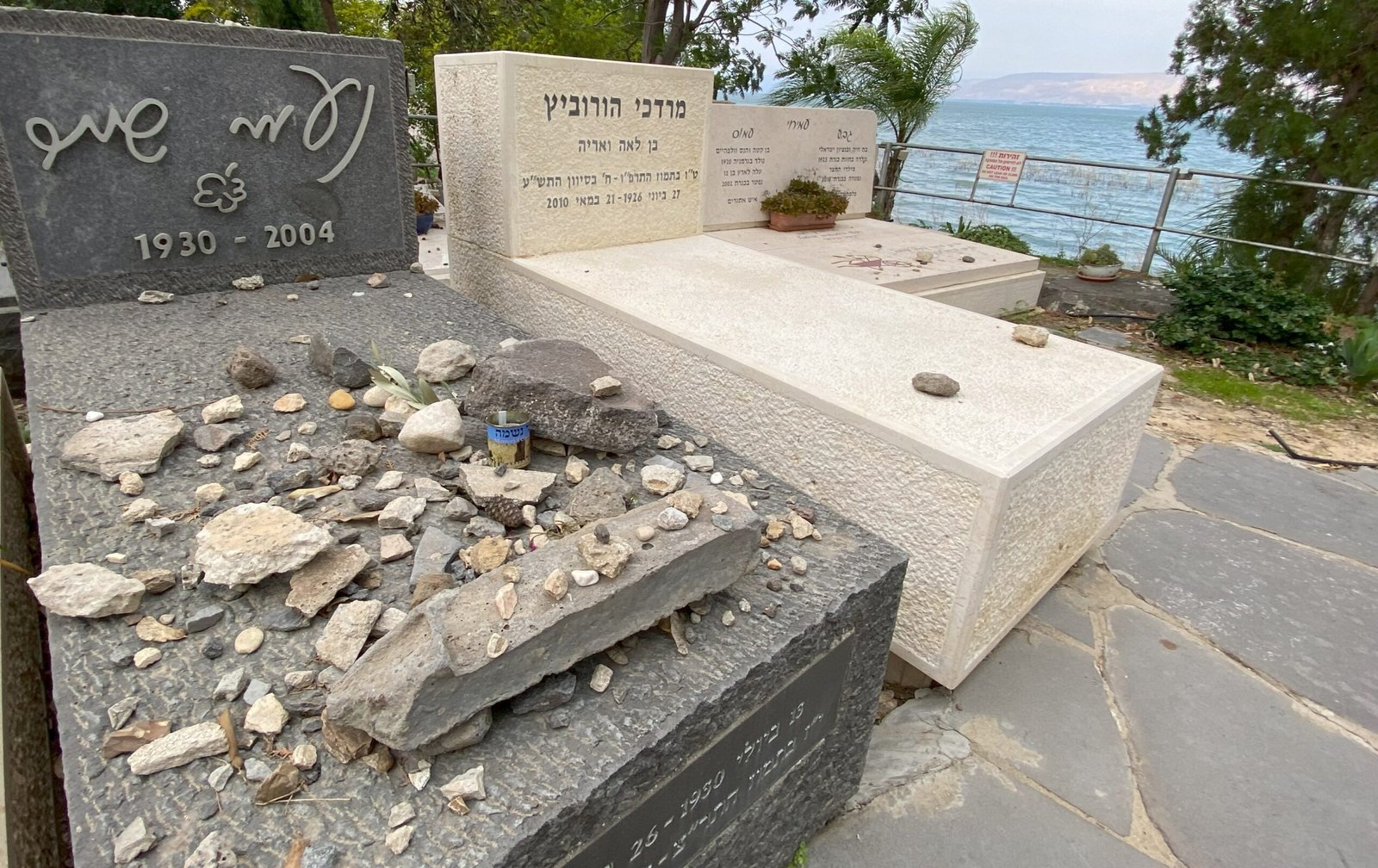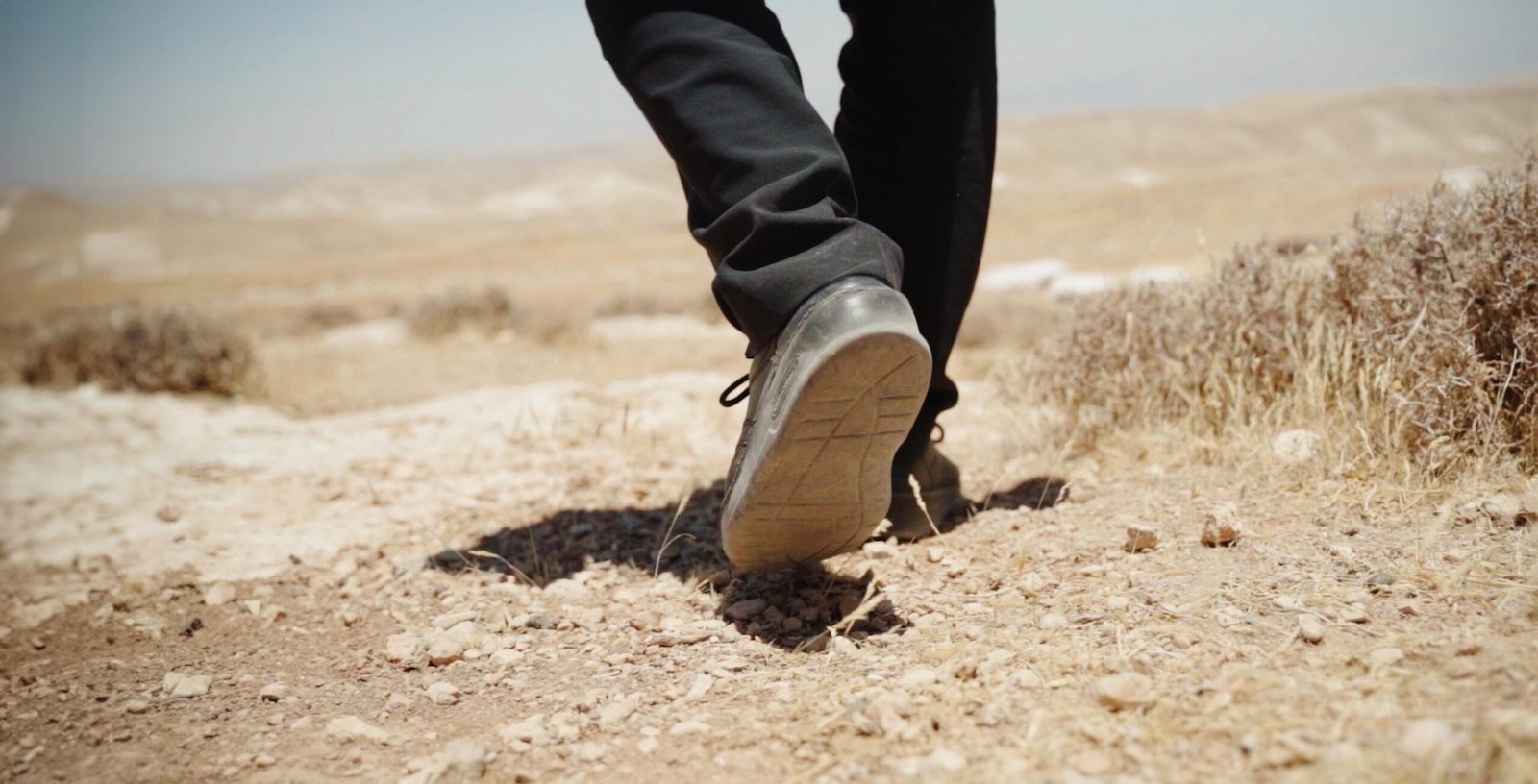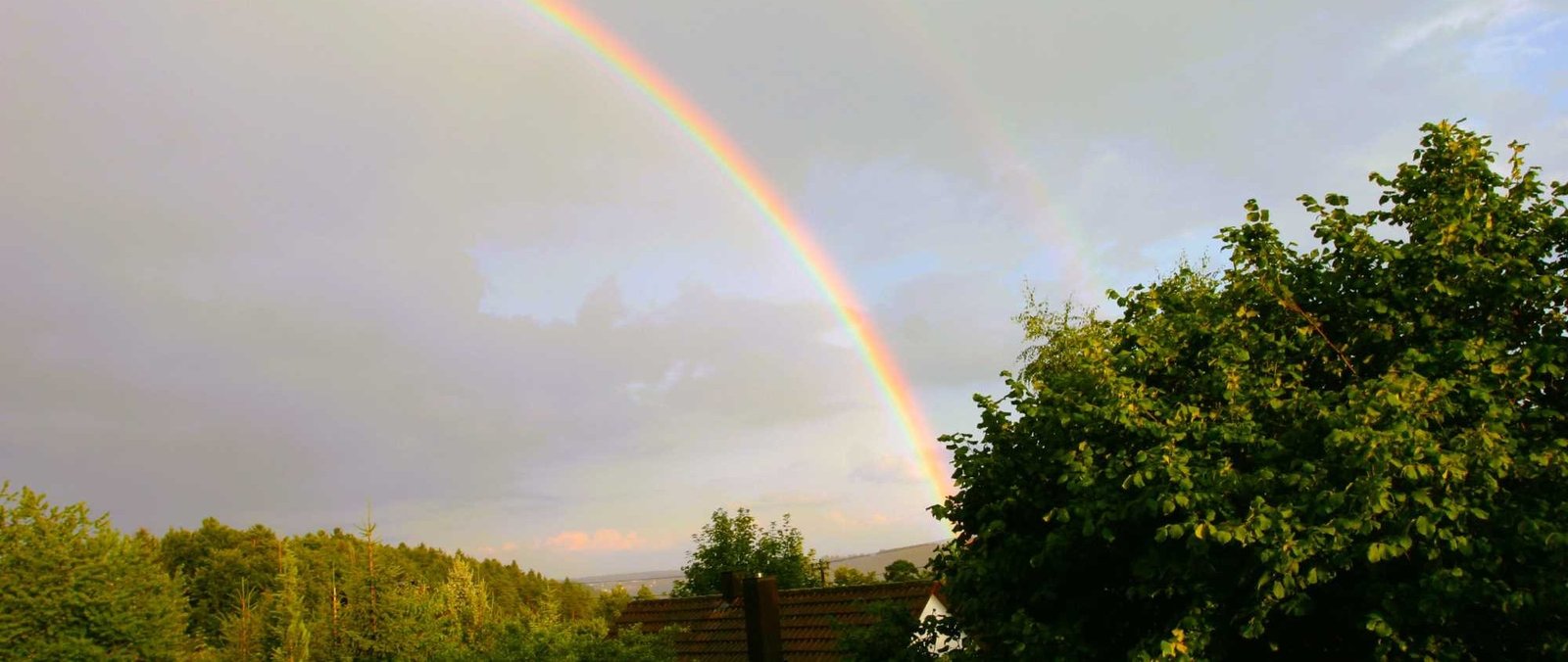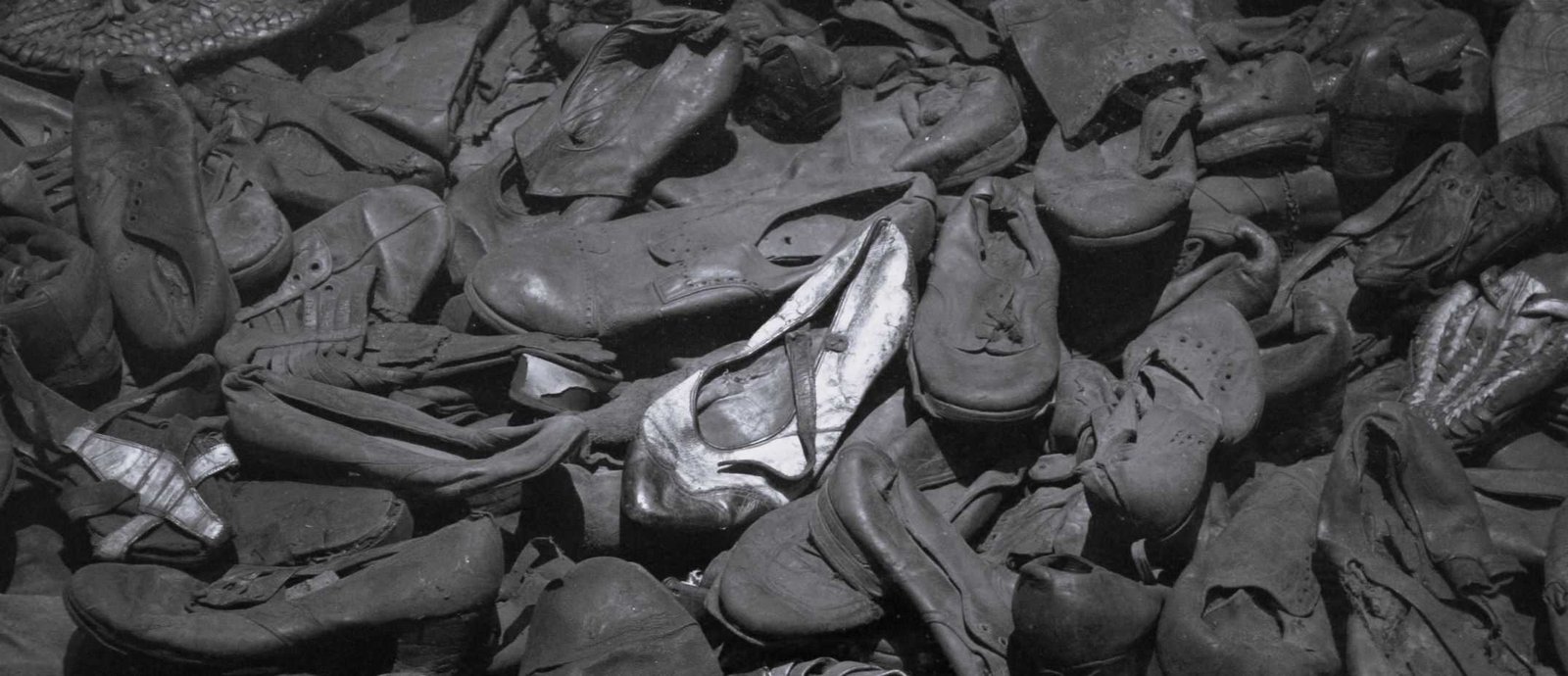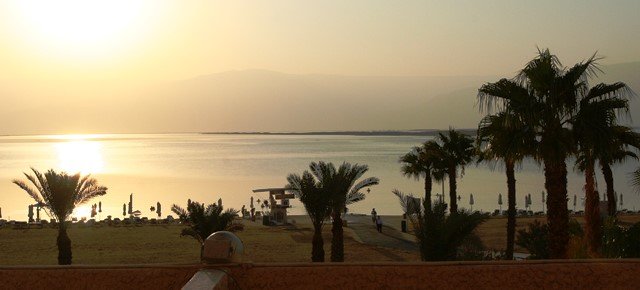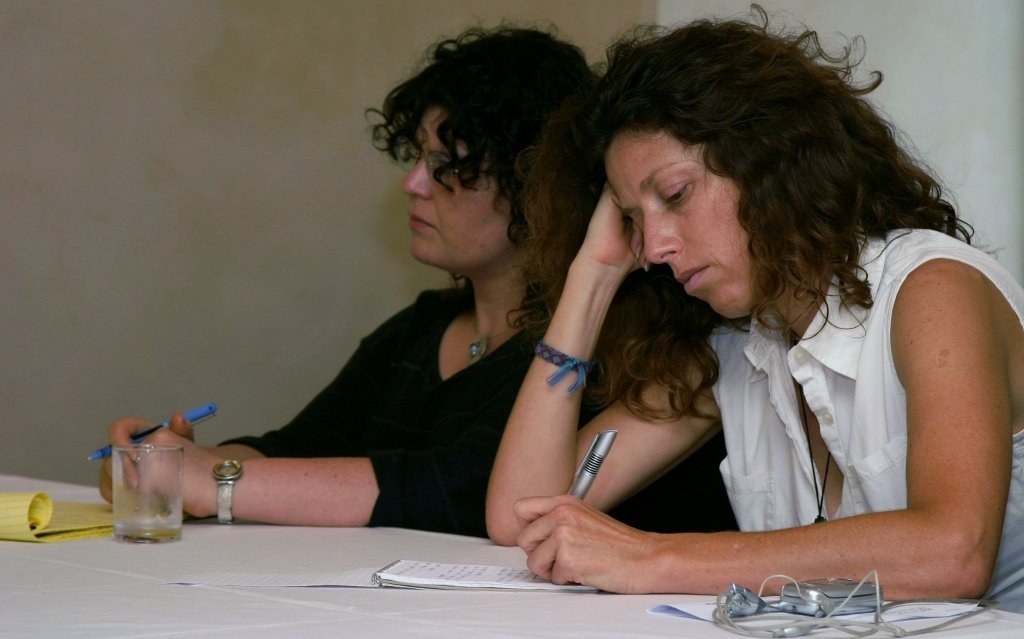Share This Story, Choose Your Platform!
The “and” introducing the last verse of Psalm 87 means something like “Look there!”[1] or “Behold!”: Look, they sing dancing, like flute players:
In conclusion, the psalmist paints a picture of a boisterous festival scene. The people involved sing and dance, rejoice and frolic.
Thereby, the second word “חֹלְלִים/holelim” includes not only the twirling and whirling of the dance, but also, from the root of the word, the “flute” or “whistle” (חָלִיל/halil). Therefore, Metzudat David[2] hears a whole orchestra: violins and harps (כִנּוֹר/kinor), cymbals (נֶבֶל/nevel) and timpani (תֹּף/tof). As evidence for this, Rabbi Altschuler refers to Isaiah 5:12: “They have lyre and harp, tambourine and flute and wine at their festive parties…”
A legitimate reason for exuberant feasting
But while the prophet Isaiah criticizes the people of Israel “…they do not regard the deeds of the Lord, or see the work of his hands”, which is why the people’s feasting there ultimately brings separation from the land and ruin, Radak[3] recognizes here in Psalm 87: “All of them sing your praises.” That is why he decides: “Then I want to do the same!” – because the message of this feast is: “All my sources are in you.”
“All the springs of my heart, for my heart, its source, gushes forth songs for you like a fountain gushes fresh water, hour after hour”, Radak paraphrases this passage. And Malbim[4] adds: “All the sources of salvation are in you. You Zion, are the origin, from you flow all those springs.”
Bubbling for the Lord
Amos Hakham[5] explains[6]: “I will not teach Torah, discipline, or even life lessons unless it is from the sages and prophets of Zion.” For “all my hope in and expectation of salvation is centered in the Lord who dwells in Zion.” Therefore, “all my thoughts are exclusively concerned with You, Zion” – as already Metzudat David sees from the Hebrew root: “All my focus, all my thoughts [are] in you!”
The German Christian Bible commentator Karl August Dächsel (1818-1901) agrees with this. Referring to Isaiah 12:3, he opines: “All my sources (of salvation) are in you” – because “from you alone I have received my spiritual life”.[7] He bases this last assertion on John 4:22, where Jesus at Jacob’s well emphasizes to the Samaritan woman: “Salvation is from the Jews!”
What is interesting here is the context (John 4) in which Jesus makes this statement: The “woman from Samaria” comes “to draw water”. Jesus directs the conversation to water, thirst, by asking the Samaritan woman: “Give me to drink!” (verse 7), to finally come to the statement: “Anyone who drinks of this water will become thirsty again. But whoever drinks of the water that I will give him will experience no more thirst in eternity. Rather, the water I give him will become a fountain of water flowing into eternal life” (verses 13-14).
The water flow from Zion
“Sources are water springs”, the Malbim adheres to the literal meaning of the text despite all allegorical explanations. But in view of the natural geographical and geological conditions in Jerusalem, this statement is completely contradictory. Jerusalem has everything to offer but water, and certainly no springs, perhaps cisterns at best. Of course, there is the Gihon Spring in the Kidron Valley. But even in ancient times this was barely enough to supply a small town and fortress.
Yet, despite all reality, all visions of Jerusalem’s future see a stream of water emanating from Zion.[8] This stream is reminiscent of the streams that once watered the Garden of Eden (Genesis 2:10-13). Thus, the Creator of the universe once again proves to be the מַגִּיד מֵרֵאשִׁית אַחֲרִית/Magid MeReschit Acharit (Isaiah 46:10), the One who declares the end from the beginning.
You may read the entire series of articles on Psalm 87 on our website by going to the “[All] Articles” page and clicking on the category “Zion in the Psalms” directly under the page heading “Articles.”
Footnotes:
[1] עמוס חכם, ספר תהלים, ספרים ג-ה, מזמורים עג-קן (ירושלים: הוצאת מוסד הרב קוק, הדפסה שישית תש”ן/1990), קכו.
[2] Two Bible commentaries by David Altschuler, who lived in Javorov in Galicia in the 18th century. While his interpretation “Metzudat Tziyon“ explains individual words, “Metzudat David” illuminates the meaning of the text.
[3] Rabbi David Ben Yosef Kimchi (1160-1235) was the first among the great exegetes and grammarians of the Hebrew language. He was born in Narbonne, southern France. His father died early, so David was brought up by his brother Moshe Kimchi. Radak permitted philosophical studies only to those whose faith in God and the fear of heaven were firmly established. Publicly he dealt with Christians and attacked primarily their allegorical interpretation of Scripture and the theological claim to be the “true Israel”.
[4] Meir Leibusch Ben Yehiel Michael Weiser (1809-1879) came from the Ukraine and worked as a rabbi, Talmudist, biblical expositor and preacher. During his time as rabbi in Kempen, Posen, (1845-1859) he was nicknamed “Kempner Maggid”. As a relentless opponent of the reform movement and the Jewish Enlightenment, the Malbim came into conflict with Jewish and non-Jewish authorities, was slandered and arrested. He officiated as chief rabbi of Romania, Königsberg and Mecklenburg. His biblical interpretation focuses on the “depth of language” and the “basic meaning of the text” “based on precise linguistic rules.”
[5] (1921-2012) became known in Israel as champion of the first Israeli and worldwide Bible quiz. His handicapped father, Noah Hakham, was a Jewish Bible teacher who had moved from Vienna to Jerusalem in 1913. He had not sent the only son to a public school for fear of a speech impediment. Rather, he himself had trained him in extremely poor conditions. The Bible quiz in August 1958 revealed Amos’ genius and established his legendary career as interpreter of Scripture. His expositions are only available to me in Hebrew.
[6] עמוס חכם, ספר תהלים, ספרים ג-ה, מזמורים עג-קן (ירושלים: הוצאת מוסד הרב קוק, הדפסה שישית תש”ן/1990), קכו.
[7] August Dächsel, Hg., Das Alte Testament mit in den Text eingeschalteter Auslegung, ausführlichen Inhaltsangaben und erläuternden Bemerkungen, Band 3. II/1: Lehr- und prophetische Bücher (Leipzig: Verlag von Justus Naumann, 2. Auflage 1876), 313.
[8] Ezekiel 47:1-12; Zechariah 14:8; Revelation 22:1-2.



